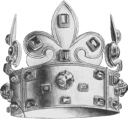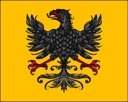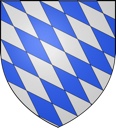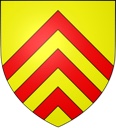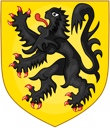| In 1682 Thomas Farnsworth, an English Quaker, moved upriver from Burlington, to make a new home for himself and family on a wind-swept bluff overlooking a broad bend of the Delaware. The area was not entirely a wilderness but it was still new land. Englishman and Quakers had farms located every few miles; but to visit them was to traverse pathless forests mostly frequented by Native American and wildlife. About twenty-three families were settled in the area along Black's Creek near Columbus and at Chesterfield.Farnsworth's Landing, located at the junction of Crosswicks Creek and the Delaware became the center of trade for the region. Joseph Borden, arrived on the scene in 1717. By 1724 he had acquired nearly the entire site of what is now Bordentown City. Enterprisi ng, progressive, and liberal, Borden (1687-1765), envisioned great things for his Town. By May 1740, he had a line of stage wagons and boats between New York and Philadelphia. Development, however, continued at a slow pace. "Trent's Town", established in 1714, by William Trent and a nearby rival to "Borden's Towne" grew to one hundred houses by 1748. Even this modest growth surpassed "Borden's Towne" sixty houses and equaled older Burlington's development. |


 Benjamin Fowle Borden
Benjamin Fowle Borden Abigail Grover
Abigail Grover Mary Anne Van Kouvenhoven
Mary Anne Van Kouvenhoven Ann Borden
Ann Borden Birth
Birth Christening
Christening Marriage
Marriage Religion
Religion Death
Death Burial
Burial